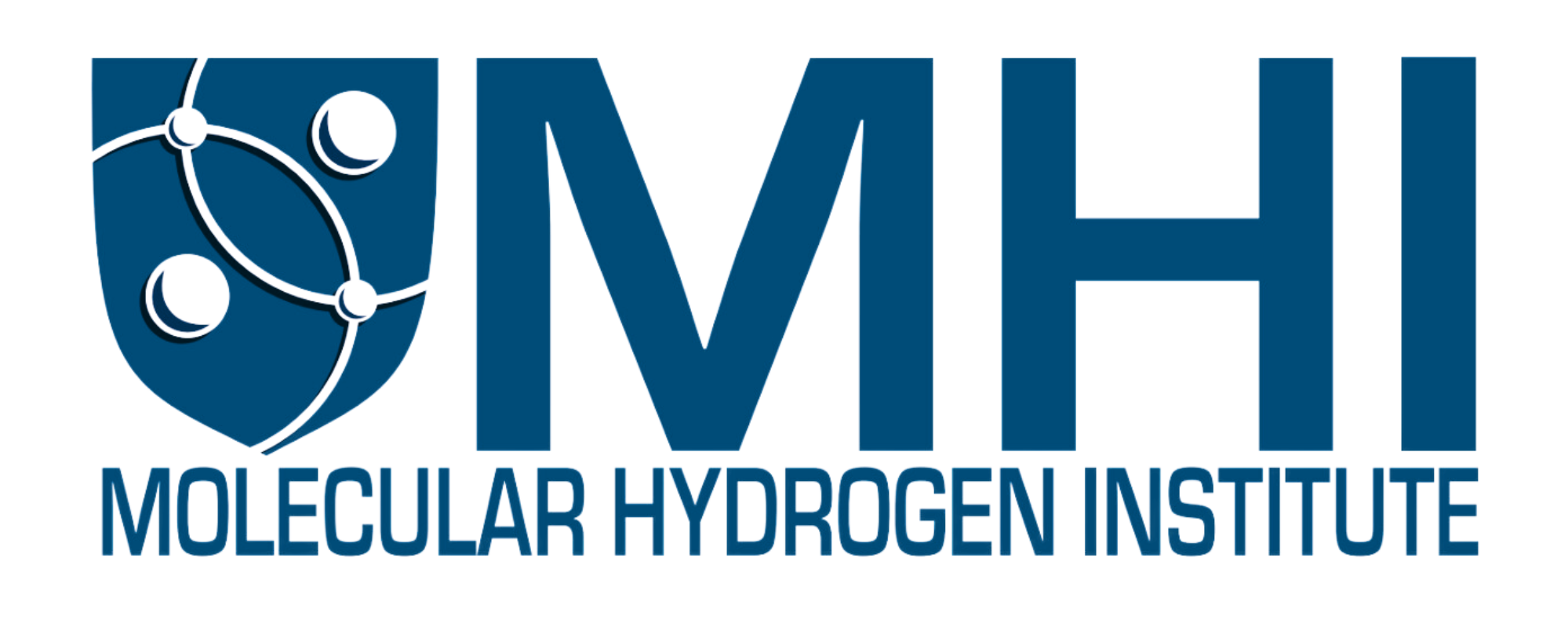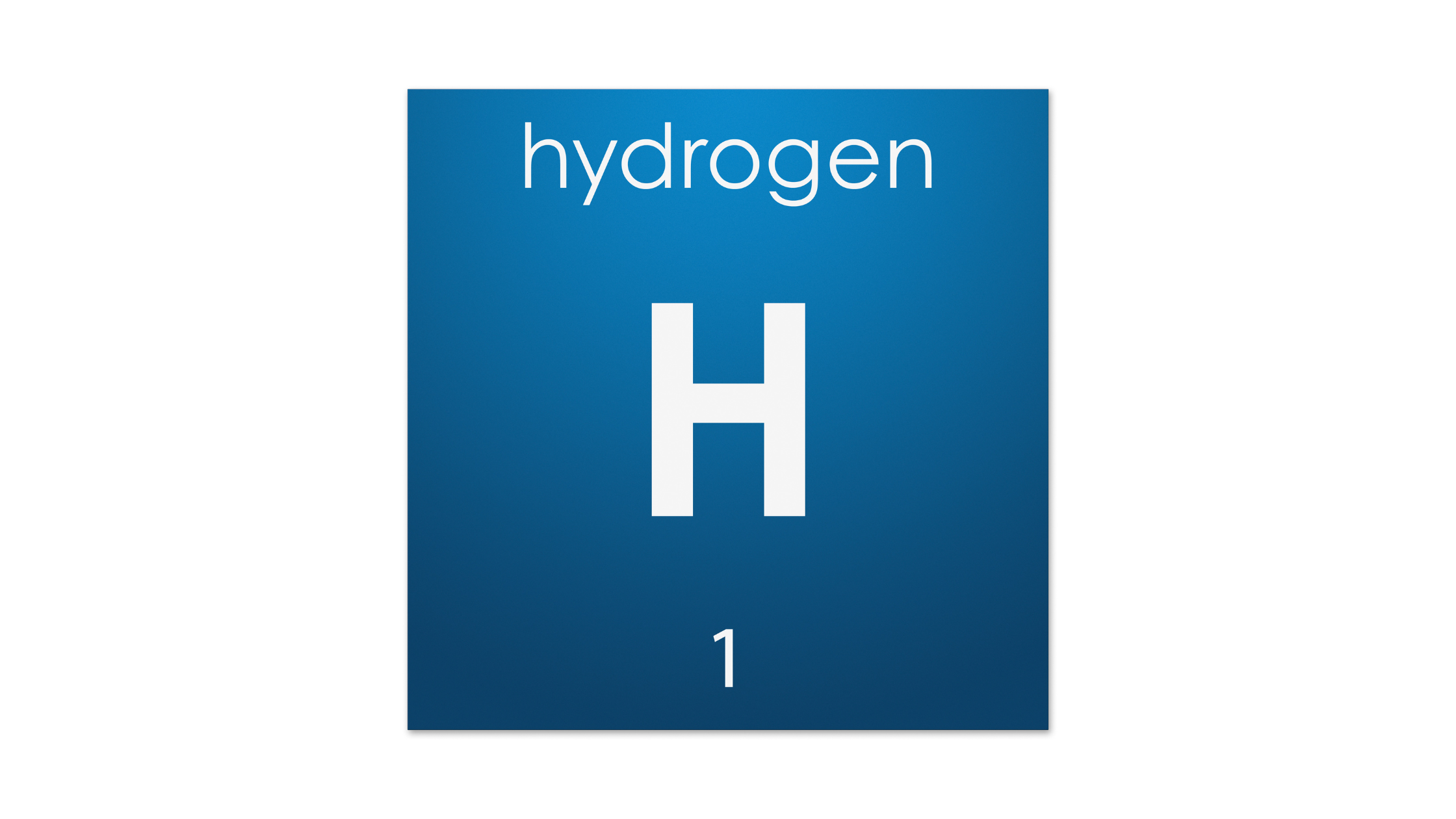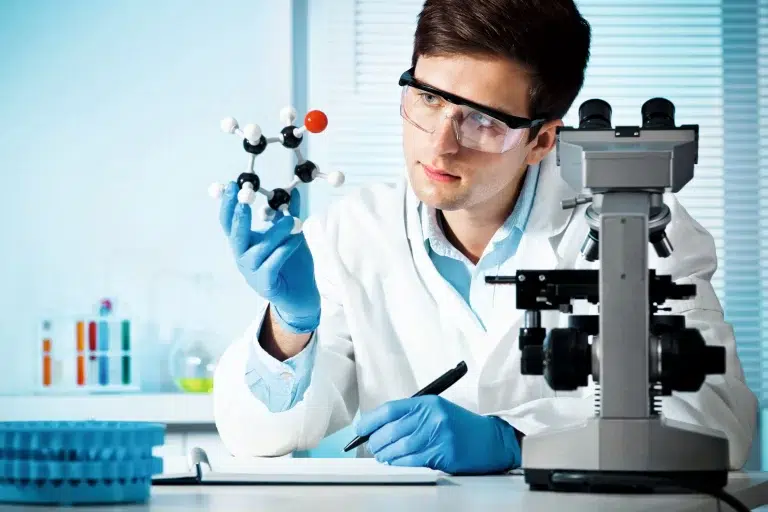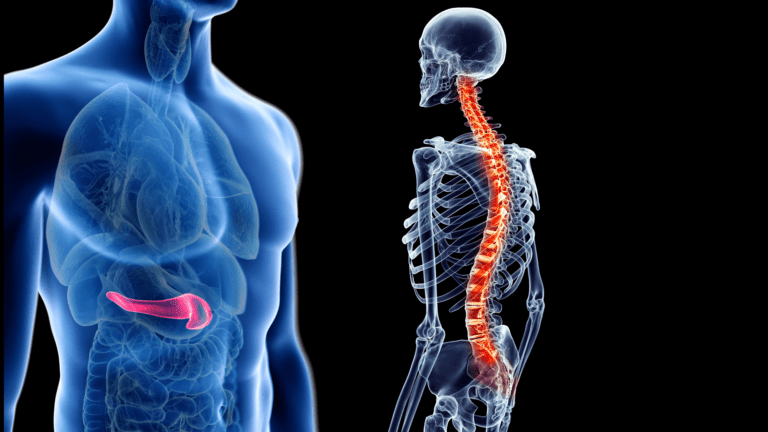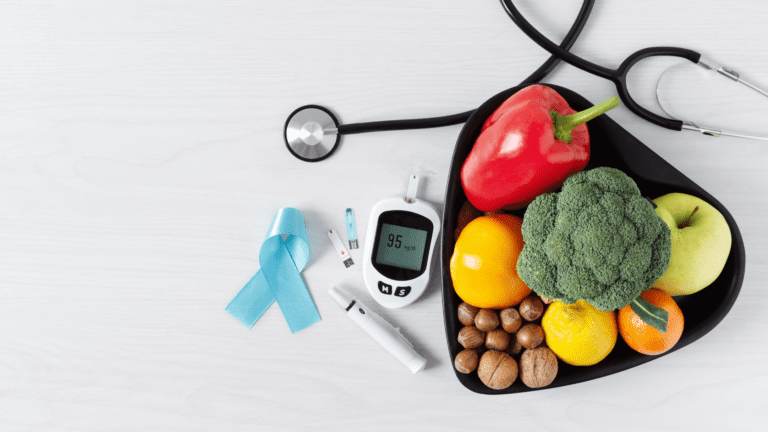Kurokawa, R., et al., Convenient methods for ingestion of molecular hydrogen: drinking, injection, and inhalation. Med Gas Res, 2015. 5: p. 13.
Akhavan, O., et al., Hydrogen-rich water for green reduction of graphene oxide suspensions. International Journal of Hydrogen Energy, 2015. 40(16): p. 5553-5560.
Seo, T., R. Kurokawa, and B. Sato, A convenient method for determining the concentration of hydrogen in water: use of methylene blue with colloidal platinum. Medical Gas Research, 2012. 2: p. 1.
Kuhlmann, J., et al., Fast escape of hydrogen from gas cavities around corroding magnesium implants. Acta Biomater, 2012.
Klunder, K., et al., A Study of Dissolved Gas Dynamics in Mixed Stream Electrolyzed Water. Electrochemistry, 2012. 80(8): p. 574-577.
Aoki, K., et al., Is hydrogen gas in water present as bubbles or hydrated form? Journal of Electroanalytical Chemistry, 2012. 668: p. 83-89.
Zeng, K. and D.K. Zhang, Recent progress in alkaline water electrolysis for hydrogen production and applications. Progress in Energy and Combustion Science, 2010. 36(3): p. 307-326.
Takenouchi, T., U. Sato, and Y. Nishio, Behavior of Hydrogen Nanobubbles Generated in Alkaline Electrolyzed Water. Electrochemistry, 2009. 77(7): p. 521-523.
Jain, I.P., Hydrogen the fuel for 21st century. International Journal of Hydrogen Energy, 2009. 34(17): p. 7368-7378.
Donald, W.A., et al., Directly relating gas-phase cluster measurements to solution-phase hydrolysis, the absolute standard hydrogen electrode potential, and the absolute proton solvation energy. Chemistry, 2009. 15(24): p. 5926-34.
Renault, J.P., R. Vuilleumier, and S. Pommeret, Hydrated electron production by reaction of hydrogen atoms with hydroxide ions: A first-principles molecular dynamics study. Journal of Physical Chemistry A, 2008. 112(30): p. 7027-7034.
Hamasaki, T., et al., Kinetic analysis of superoxide anion radical-scavenging and hydroxyl radical-scavenging activities of platinum nanoparticles. Langmuir, 2008. 24(14): p. 7354-64.
Kikuchi, K., et al., Characteristics of hydrogen nanobubbles in solutions obtained with water electrolysis. Journal of Electroanalytical Chemistry, 2007. 600(2): p. 303-310.
Sabo, D., et al., Molecular studies of the structural properties of hydrogen gas in bulk water. Molecular Simulation, 2006. 32(3-4): p. 269-278.
Huber, C. and G. Wachtershauser, alpha-Hydroxy and alpha-amino acids under possible Hadean, volcanic origin-of-life conditions. Science, 2006. 314(5799): p. 630-2.
Black, J.H., Chemistry and cosmology. Faraday Discussions, 2006. 133: p. 27-32; discussion 83-102, 449-52.
Tanaka, Y., et al., Dissolution of hydrogen and the ratio of the dissolved hydrogen content to the produced hydrogen in electrolyzed water using SPE water electrolyzer. Electrochimica Acta, 2003. 48(27): p. 4013-4019.
Ehrenfreund, P., et al., Astrophysical and astrochemical insights into the origin of life. Reports on Progress in Physics, 2002. 65(10): p. 1427-1487.
Kikuchi, K., et al., Hydrogen concentration in water from an Alkali-Ion-Water electrolyzer having a platinum-electroplated titanium electrode. Journal of Applied Electrochemistry, 2001. 31(12): p. 1301-1306.
Kikuchi, K., et al., Hydrogen particles and supersaturation in alkaline water from an Alkali-Ion-Water electrolyzer. Journal of Electroanalytical Chemistry, 2001. 506(1): p. 22-27.
Ramachandran, R. and R.K. Menon, An overview of industrial uses of hydrogen. International Journal of Hydrogen Energy, 1998. 23(7): p. 593-598.
Buxton, G.V., et al., Critical view of rate constants for reactions of hydrated electrons, hydrogen atoms and hydroxyl radicals (•OH/•OH–) in aqueous solution. J Phys Chem Ref Data, 1988. 17: p. 513-886.
These scientific articles, although promising and interesting, do not constitute clinical guidelines that hydrogen can cure or prevent a specific disease. Consult your medical health provider for medical questions.
